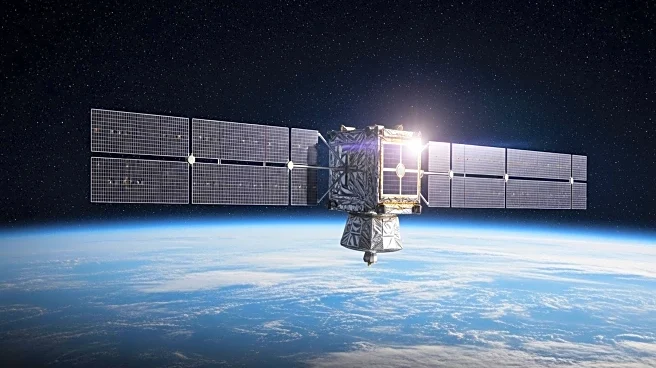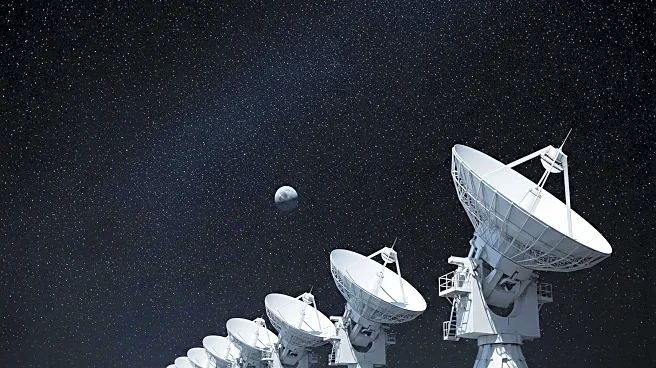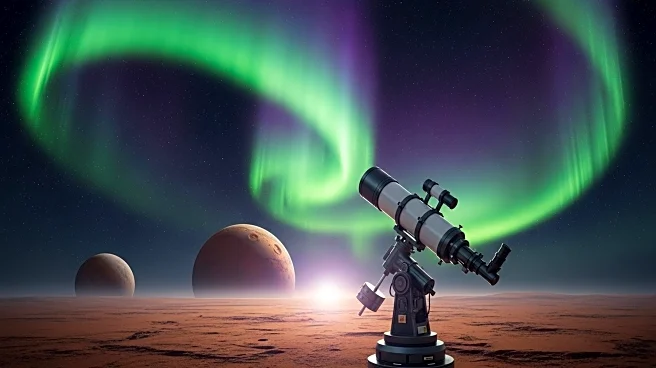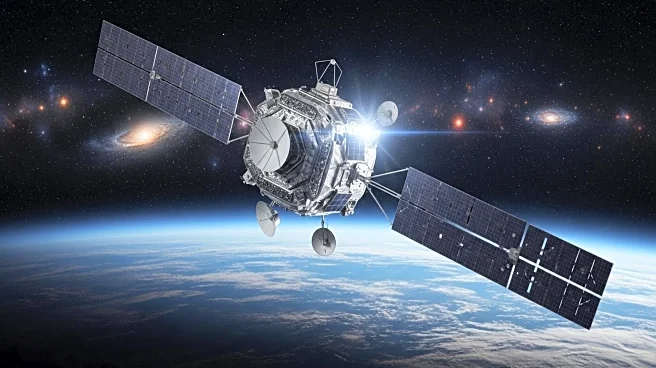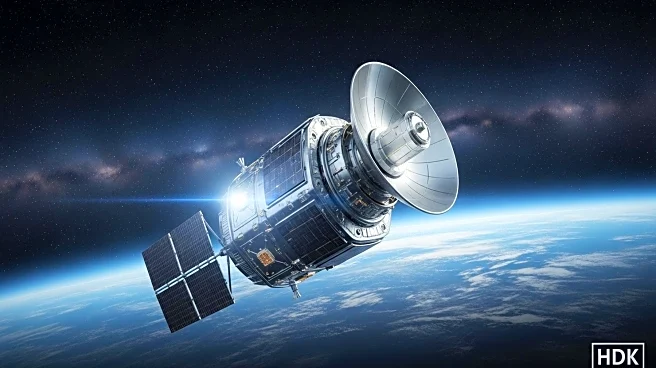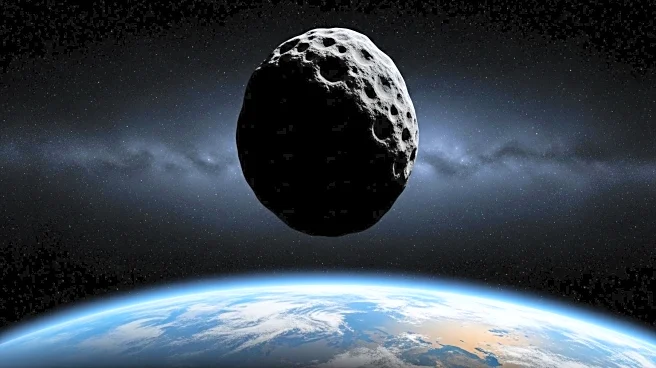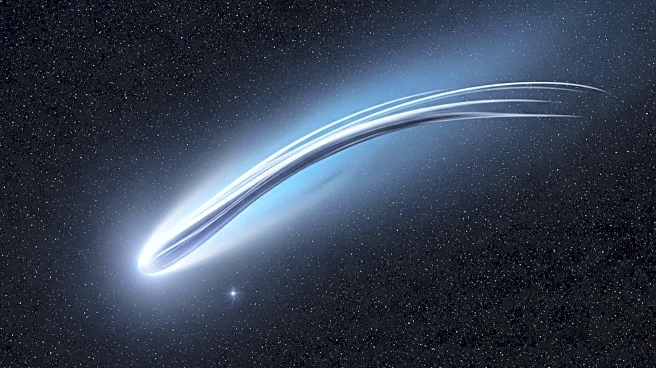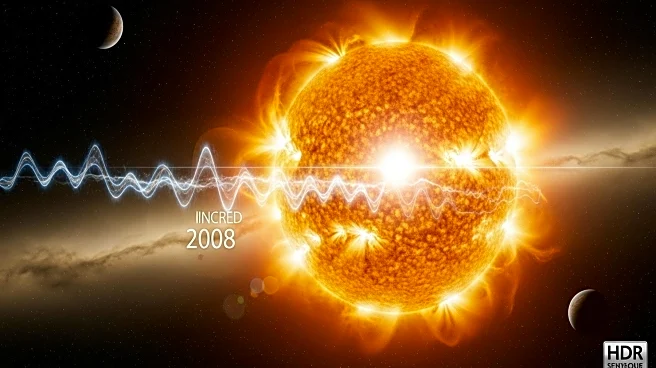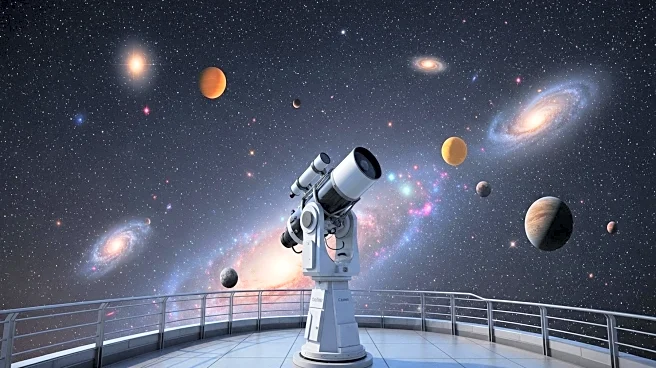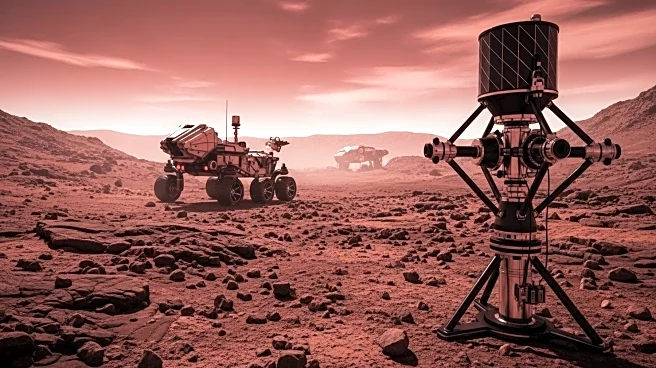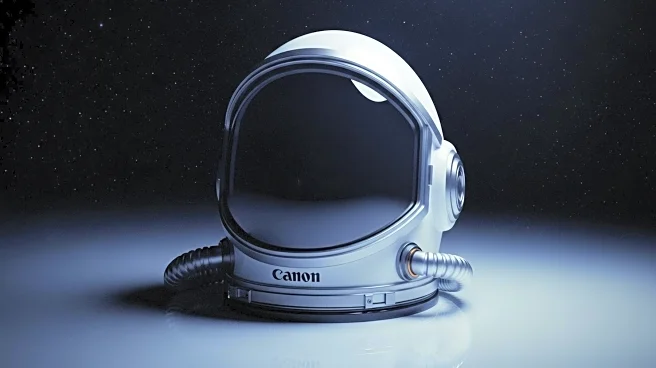What is the story about?
What's Happening?
NASA is set to launch the Carruthers Geocorona Observatory to study Earth's exosphere, the outermost layer of the atmosphere. This mission aims to capture images of the exosphere's 'halo' and understand its response to solar activity. The exosphere, composed mainly of hydrogen atoms, extends far into space and plays a crucial role in space weather phenomena. The observatory will launch from NASA's Kennedy Space Center and will provide continuous observations of the exosphere, which is vital for predicting space weather conditions that could affect astronauts and satellites.
Why It's Important?
Understanding the exosphere is critical for forecasting space weather, which can have significant impacts on satellite operations, communication systems, and astronaut safety. The data collected by the Carruthers Geocorona Observatory will help scientists predict and mitigate the effects of solar storms. Additionally, studying the exosphere's hydrogen escape process can provide insights into why Earth retains water while other planets do not, aiding in the search for habitable exoplanets.
What's Next?
The Carruthers Geocorona Observatory will begin its two-year science phase in March 2026, following a four-month cruise to the Lagrange point 1 (L1). From this vantage point, the observatory will use ultraviolet cameras to map the exosphere's dynamics. The mission's findings will contribute to a better understanding of atmospheric escape processes and inform future space exploration missions.
AI Generated Content
Do you find this article useful?
